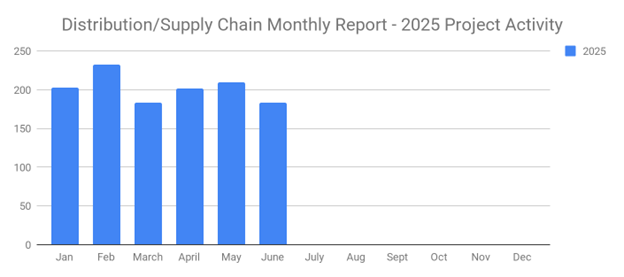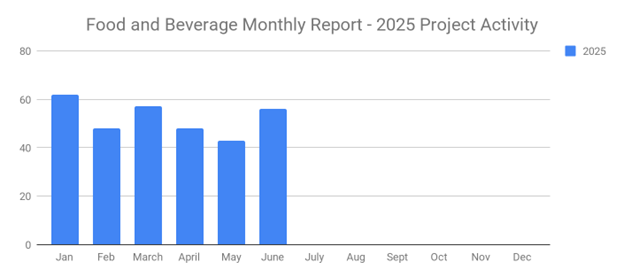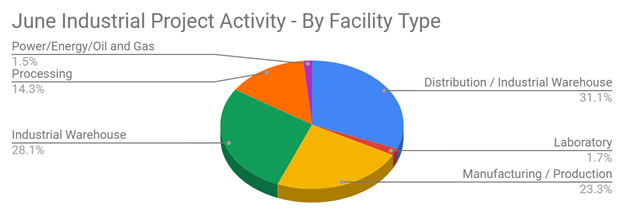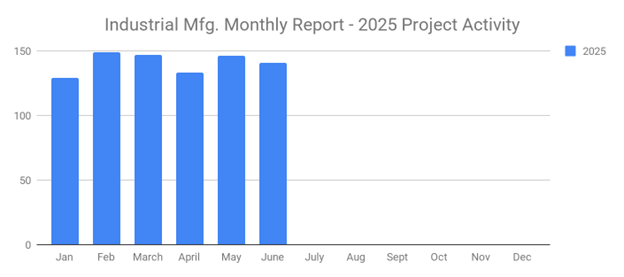
Sales forecasting can help your B2B company make the right internal, as well as external, changes to foster greater long-term success. As you may know, it involves estimating how many sales your B2B company will generate in the future. You can perform sales forecasting to peer into the future. If your B2B company is poised for strong sales, you can keep things on course to maintain its success. If it's poised for weak sales, on the other hand, you can use a different path with your B2B company's operations. For a successful sales forecasting strategy, though, you should consider the following tips.
#1) Record Sales Data in a Single Platform
It's not uncommon for B2B companies to record their sales data in multiple platforms. Unfortunately, this often makes it difficult to perform sales forecasting. If you record your B2B company's sales data in multiple platforms, you won't have a clear understanding of how many sales it generates. By recording sales data in a single platform, such as Customer Relationship Management (CRM) software, you can see exactly how many sales your B2B company generated.
#2) Measure Lead Velocity Rate
While the purpose of a sales forecasting strategy is to predict future sales and sales revenue, that doesn't mean you should ignore leads. Leads are the precursor to sales, making them an invaluable component of a sales forecasting strategy. Measuring your B2B company's lead velocity rate, for example, allows you to see whether your B2B company's leads are increasing or decreasing -- as well as the specific rate at which they are increasing or decreasing.
#3) Consider Sales Cycle Length
You should consider the average length of your B2B company's sales cycle when planning a sales forecasting strategy. Sales cycle length refers to the length of time that it takes your B2B company to convert a prospective buyer after making the initial contact with him or her. Some prospective buyers will take longer to convert than others. Nonetheless, you can look at the average length of your B2B company's sales cycle to gain a better understanding of how long it takes to convert prospective buyers. You can then apply this information to your sales forecasting strategy.
#4) Bottom-Up Sales Forecasting
Although there are multiple ways to conduct a sales forecasting strategy, many B2B companies use the button-up method. A bottom-up sales forecasting strategy involves calculating the total sales revenue your B2B company generated during a given period and multiplying it by the projected number of sales per each product or service. The bottom-up forecasting method is easy to use while offering an accurate prediction of your B2B company's future sales.
There's also the top-down sales forecasting strategy. This forecasting strategy differs from its bottom-up counterpart by delving into your B2B company's projected market size and growth rate. It's a more time-consuming method for projecting sales, which is why many B2B companies prefer the bottom-up method.
#5) Consider Seasonal Trends
Don't forget to consider seasonal trends when creating a sales forecasting strategy. Although there are exceptions, most B2B companies experience periods in which their sales fluctuate. They may generate a lot of sales during the first quarter of the year, only to generate significantly fewer sales during the third or fourth quarter of the year. If your B2B company's sales fluctuate during a specific time of the year, you must account for these seasonal trends in your sales forecasting strategy. Otherwise, you won't have a clear picture of its future sales.
#6) Target Multiple Forecasting Periods
Another tip for a successful sales forecasting strategy is to target multiple forecasting periods. In other words, don't just forecast your B2B company's sales six months down the road. While there's nothing wrong with targeting a six-month forecasting period, you should try to predict your B2B company's sales for other periods as well. Ideally, you should target at least two forecasting periods: a short-term period and a long-term period. Six months is usually considered a short-term period. A long-term period, conversely, may be one or two years.
#7) Leverage CRM Software
There's no easier way to create a sales forecasting strategy than by using CRM software. CRM software does more than just provide customer management solutions; it will collect and compile all your B2B company's sales data in a single platform. While it's possible to create a sales forecasting strategy manually, it's far more easier -- as well as more accurate -- when using CRM software.
It's nearly impossible to predict exactly how many sales your B2B company will generate in the future. With a well-planned sales forecasting strategy, though, you'll have a better understanding of your B2B company's future sales. Just remember to follow these seven tips to achieve a successful sales forecasting strategy that offers a clear representation of your B2B company's future sales.
What to learn more? Get in Touch
Latest Posts
-

June's New Distribution and Supply Chain Planned Projects Return to March’s 183 Confirmed Figure
-

Food and Beverage Rebounds with 56 New Planned Projects Igniting Growth After Decline
-

June 2025’s New Industrial Construction Projects Grew 7% Month-Over-Month
-

Q2 Industrial Manufacturing Soars 31% for Planned Projects Over $100M; June Planned Industrial Projects Hit 141

